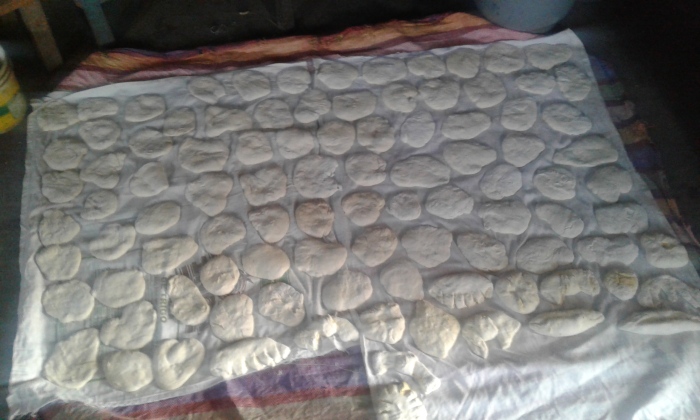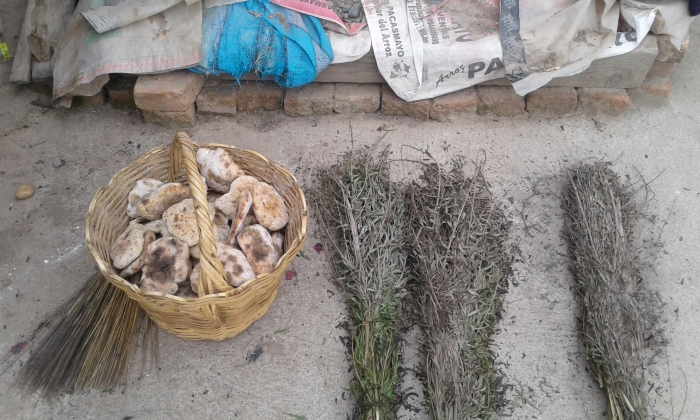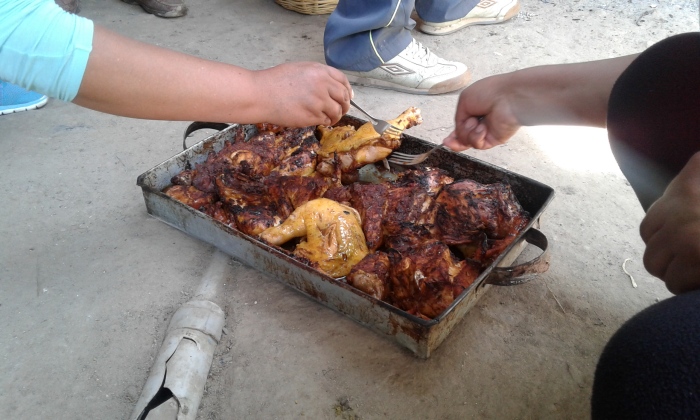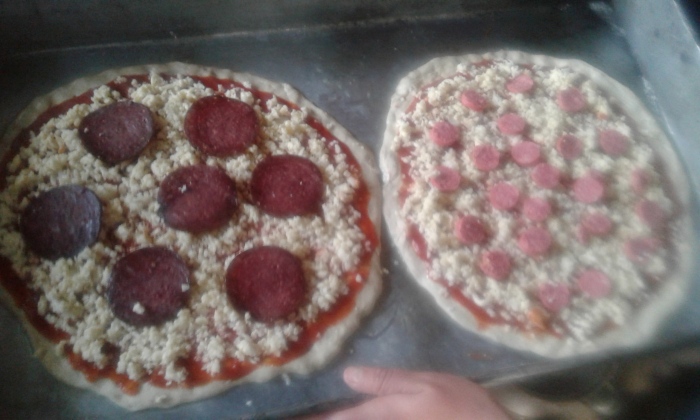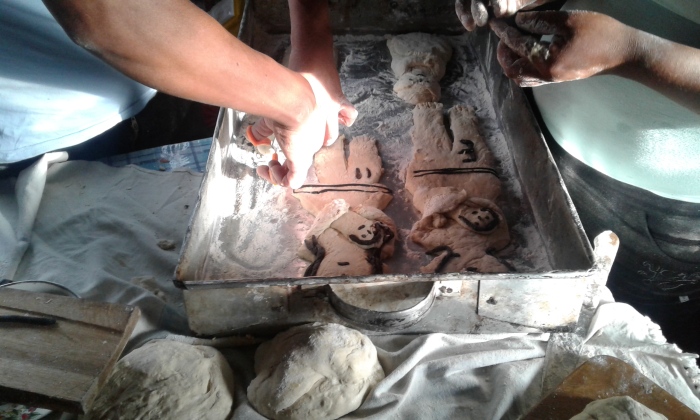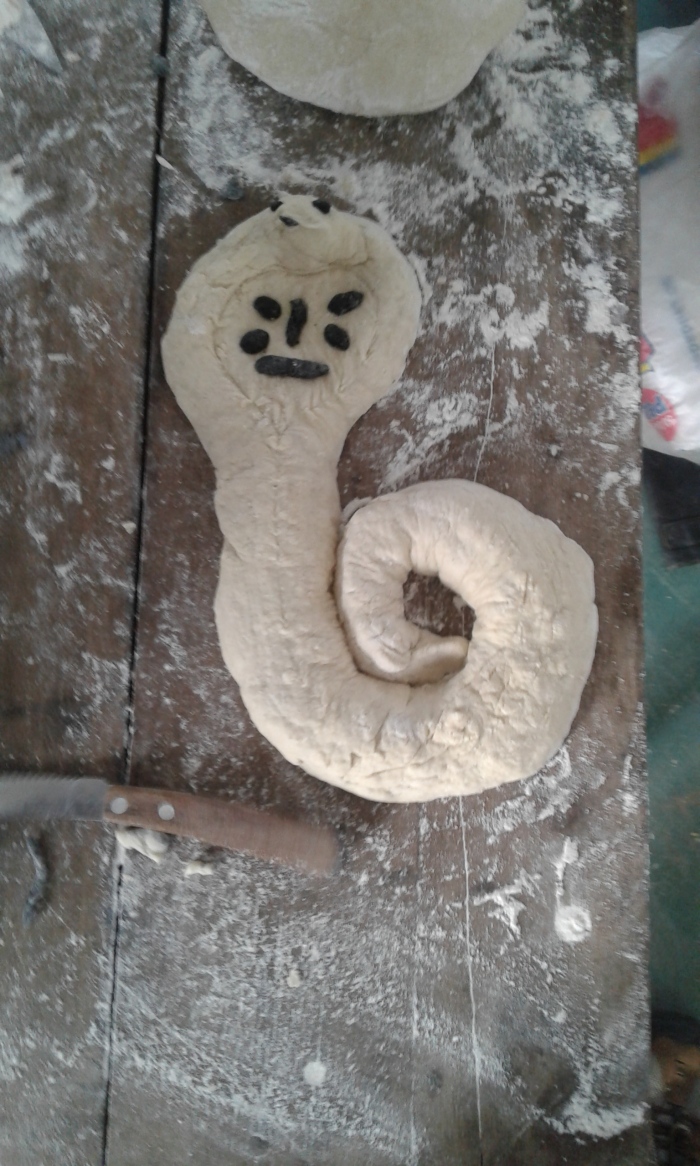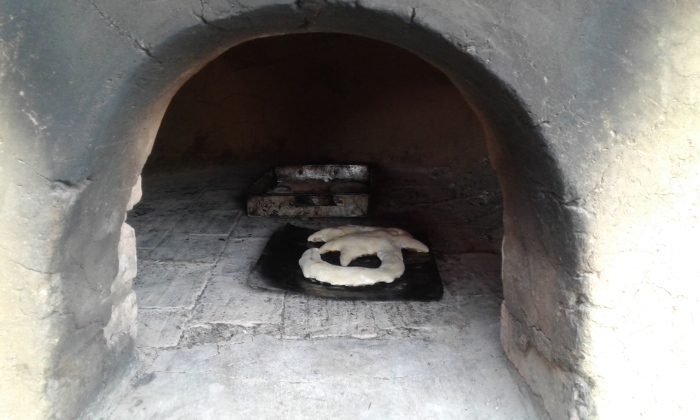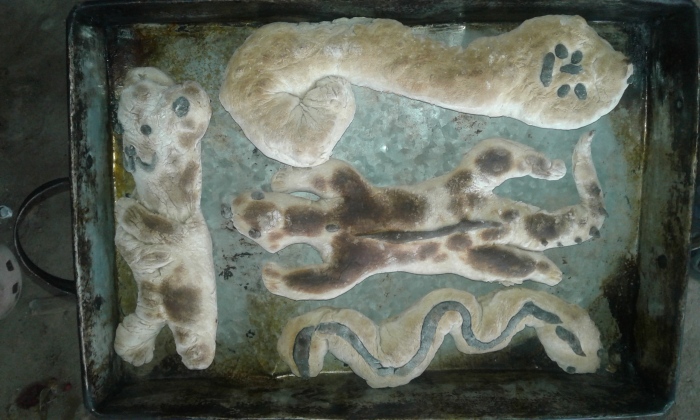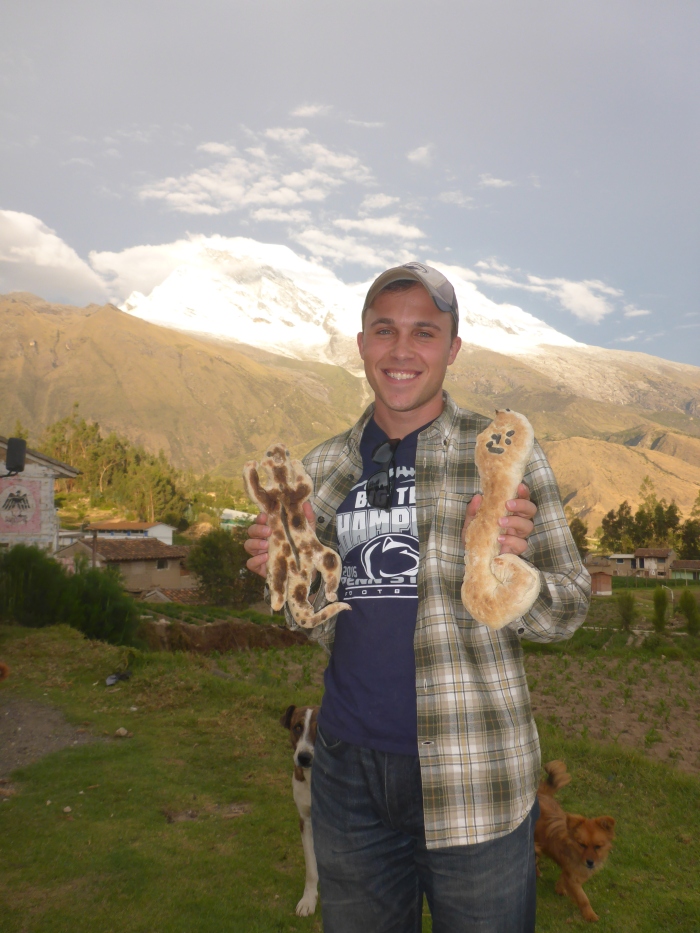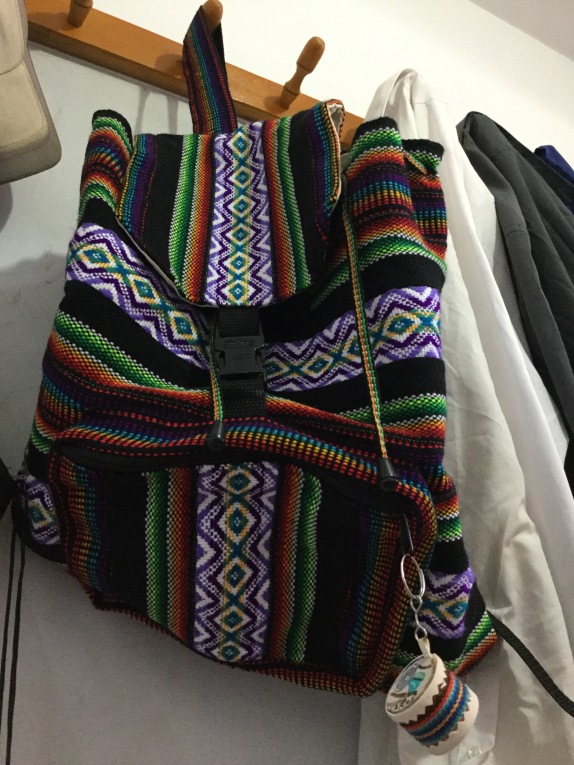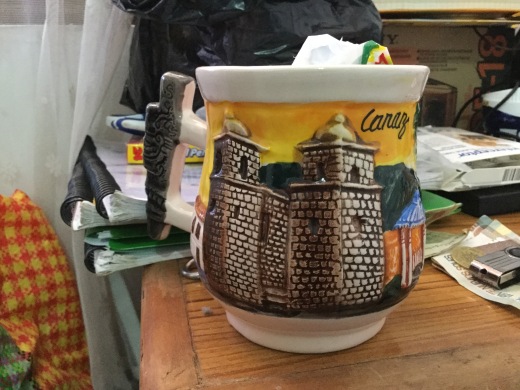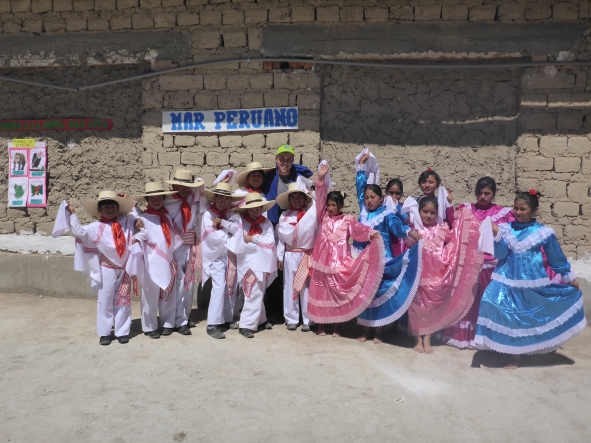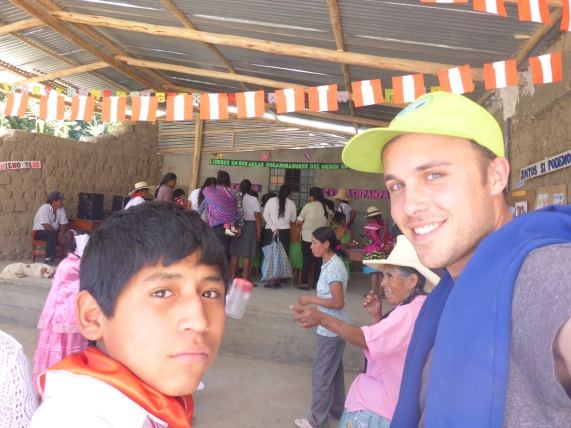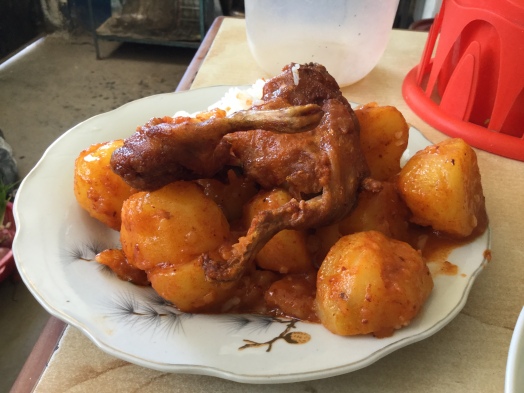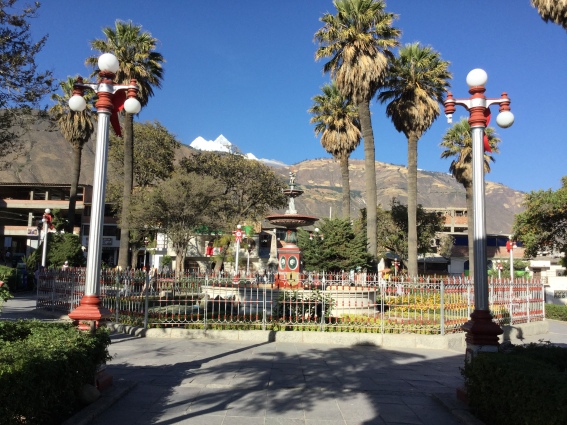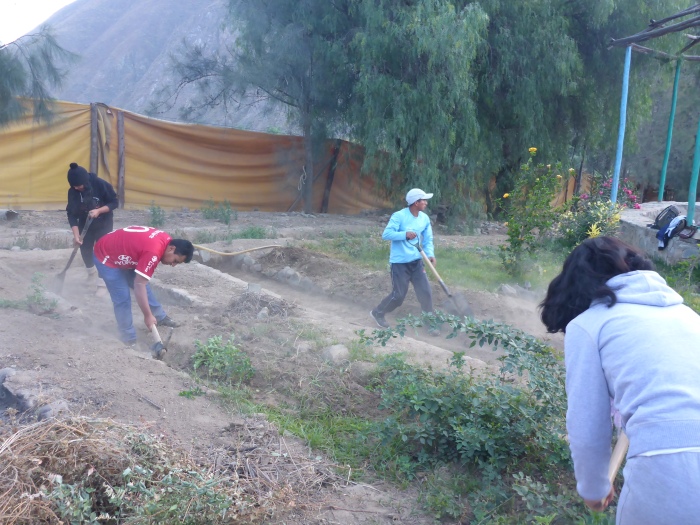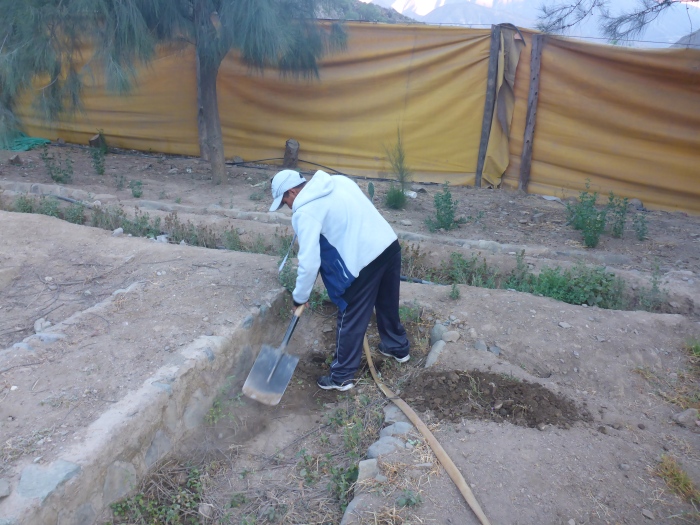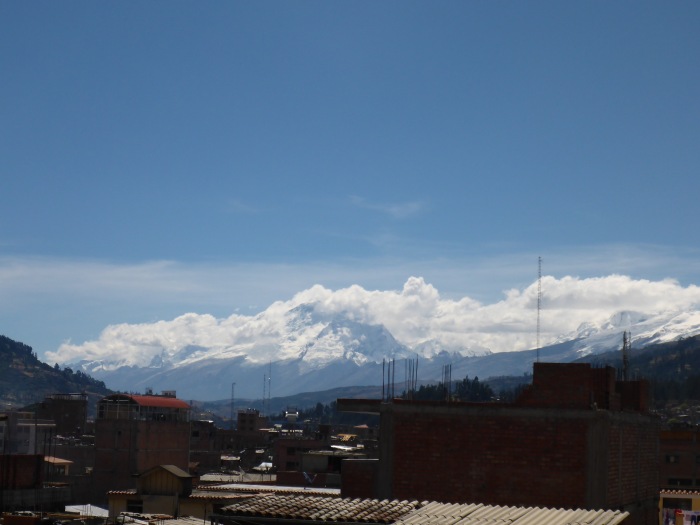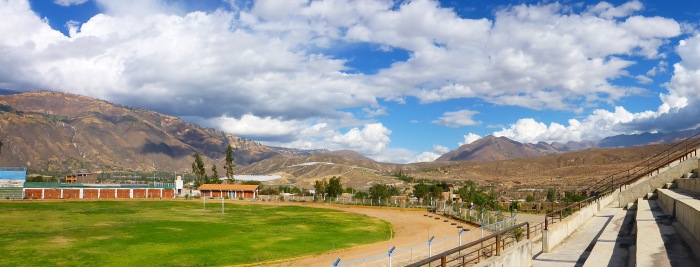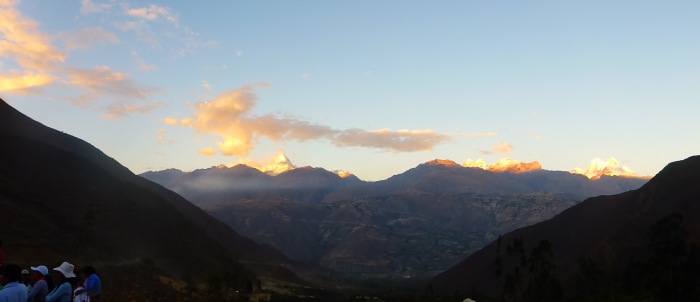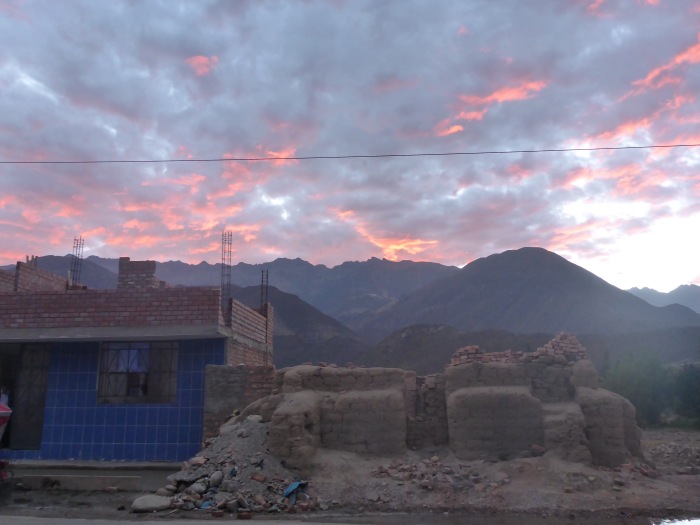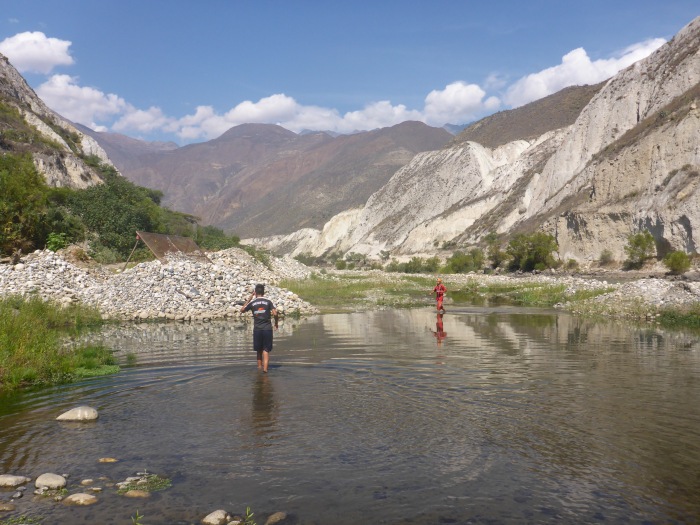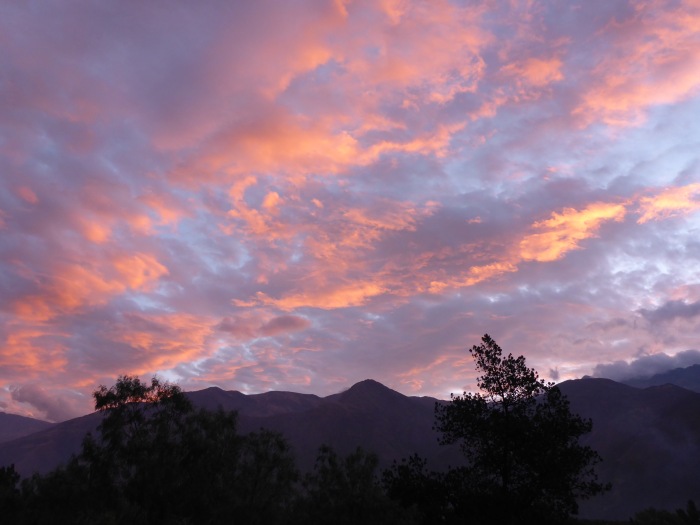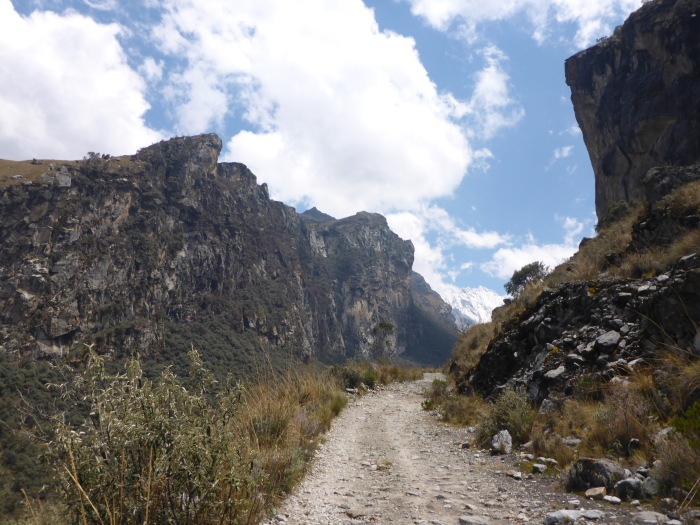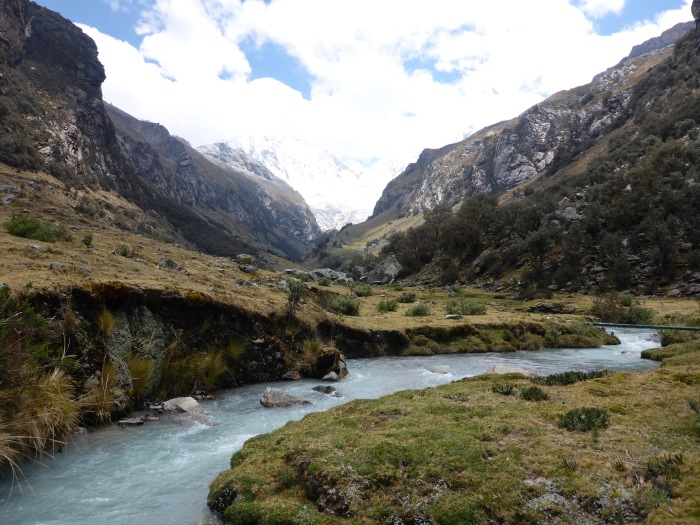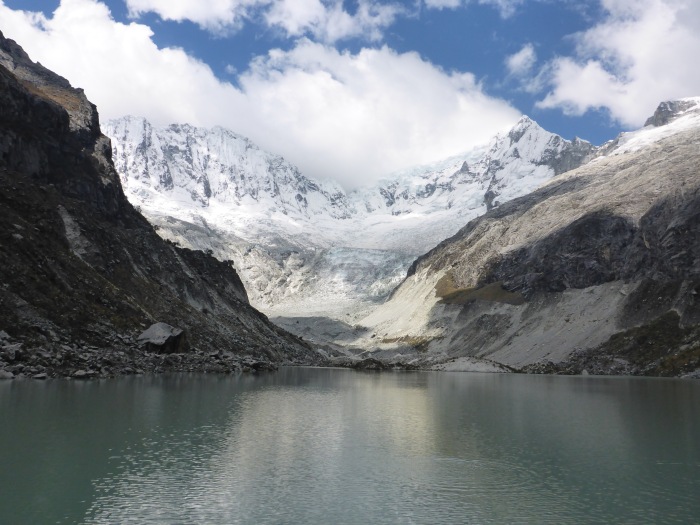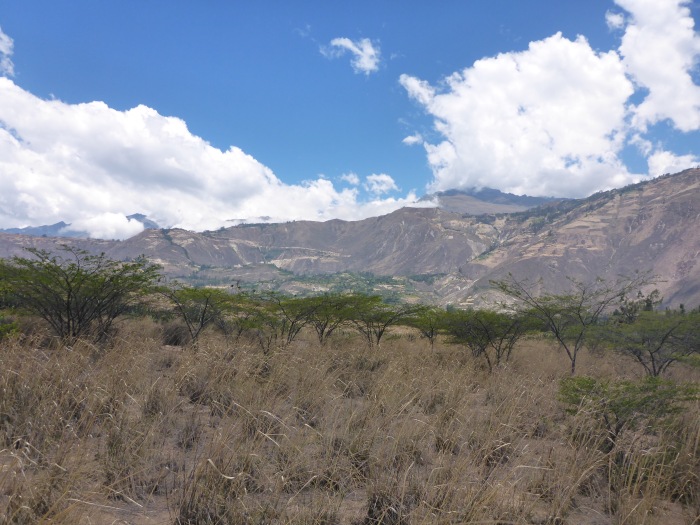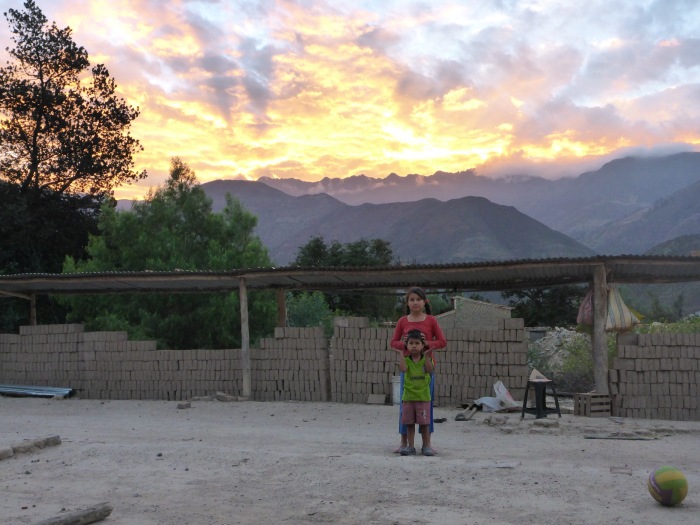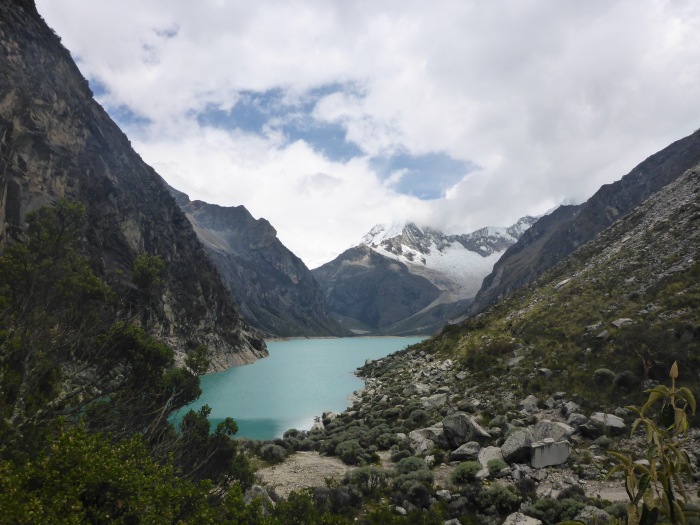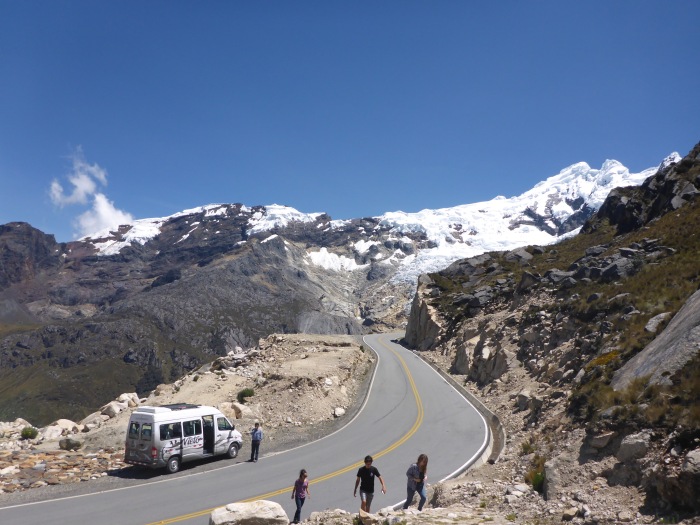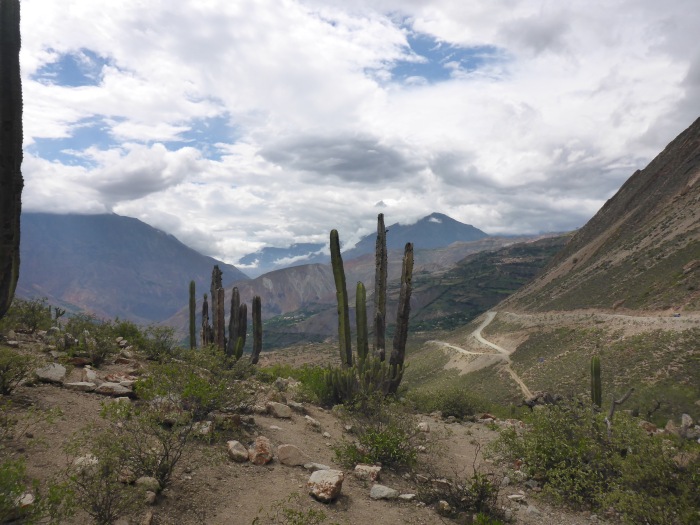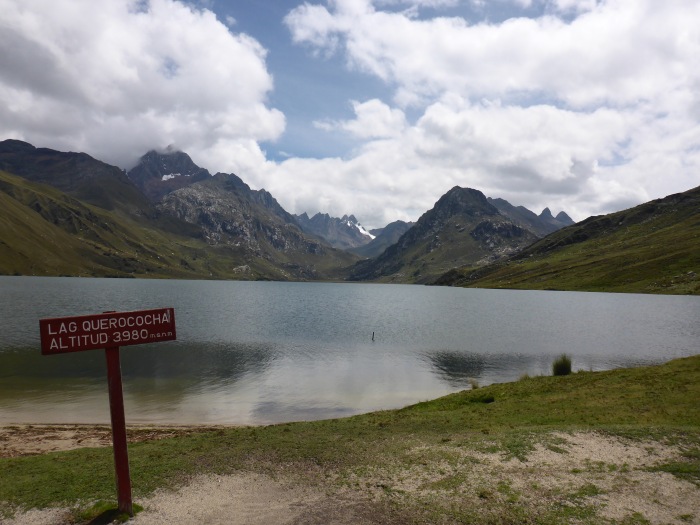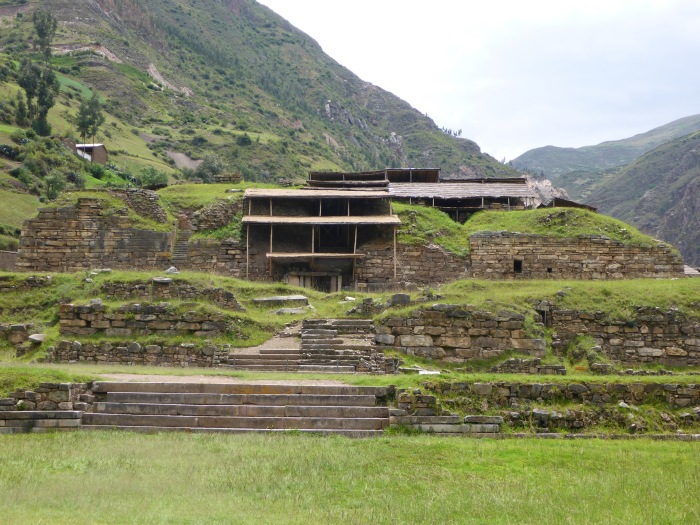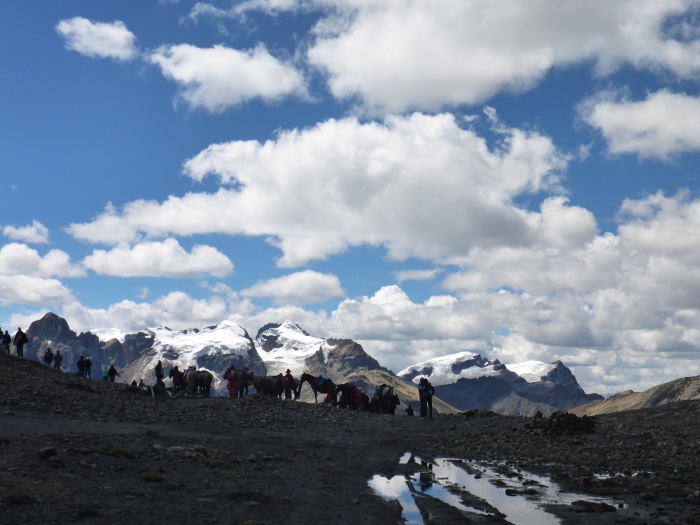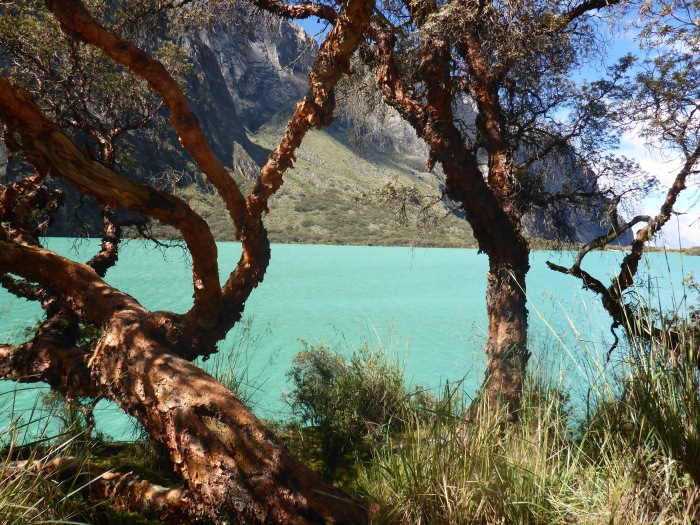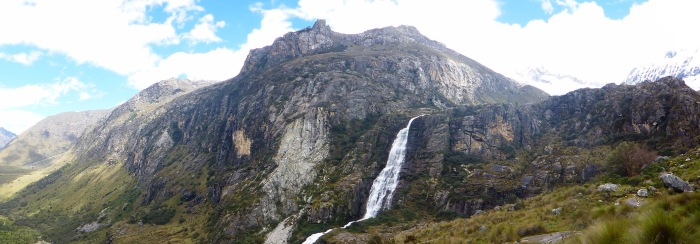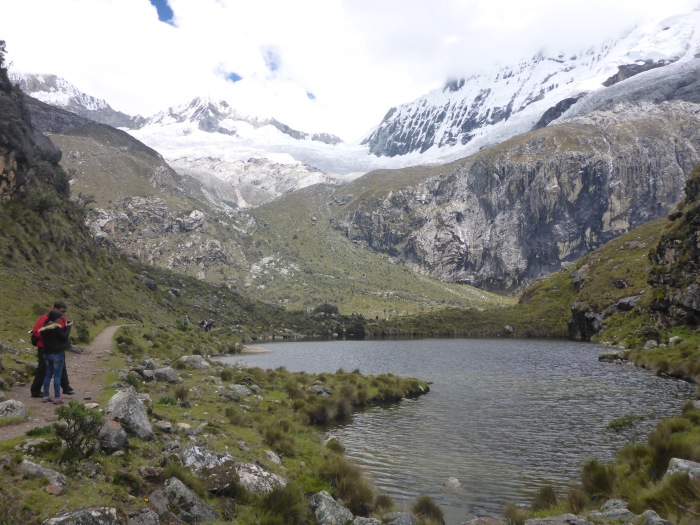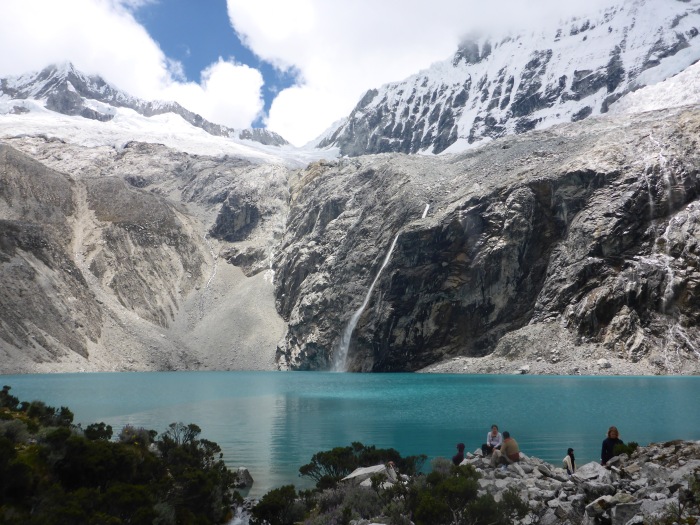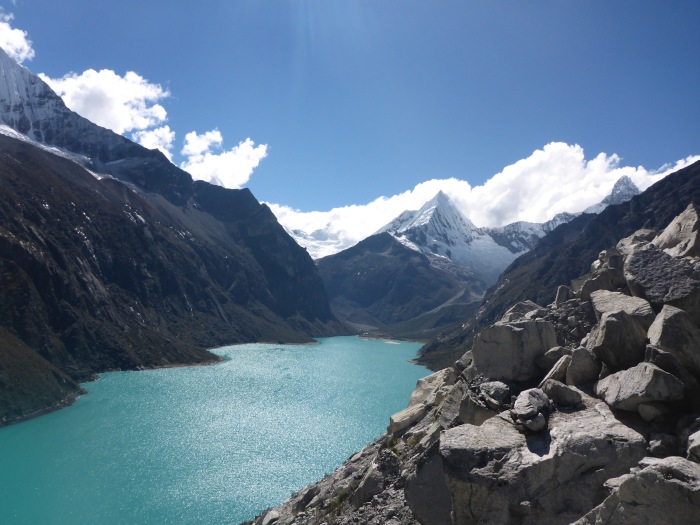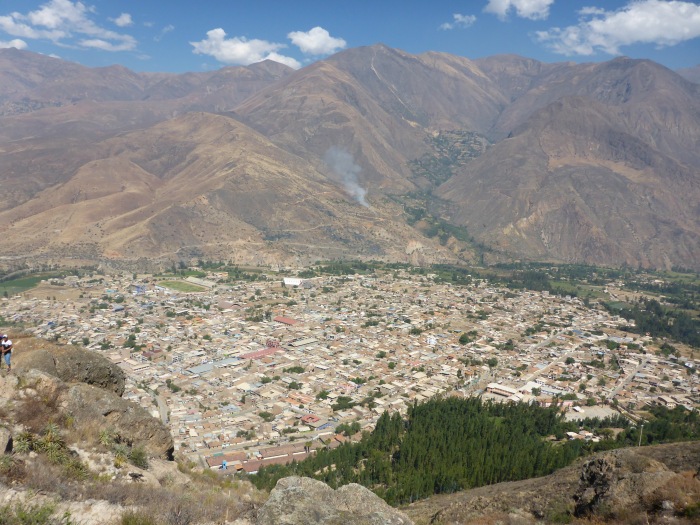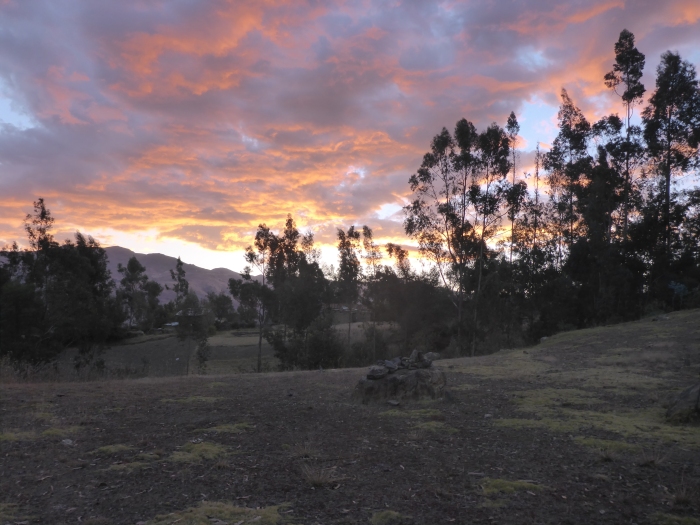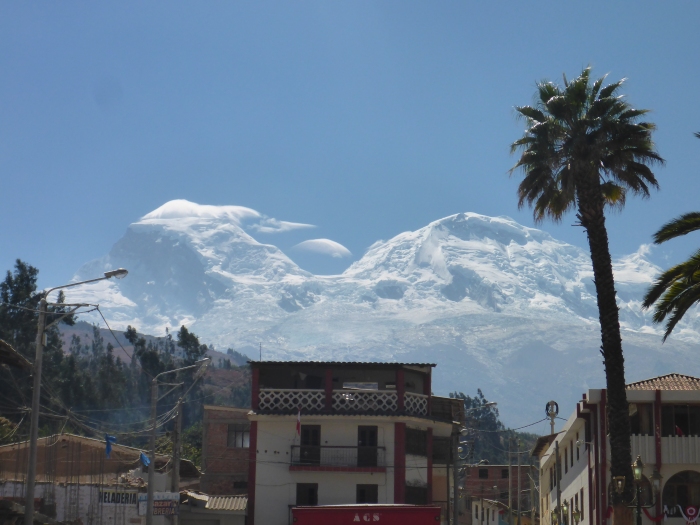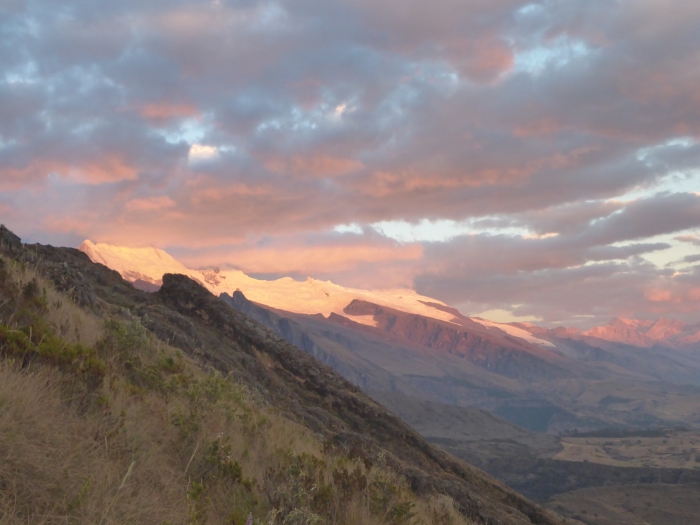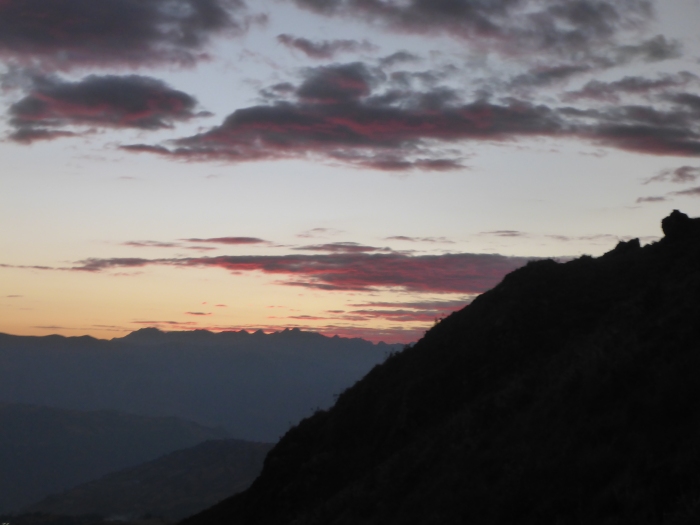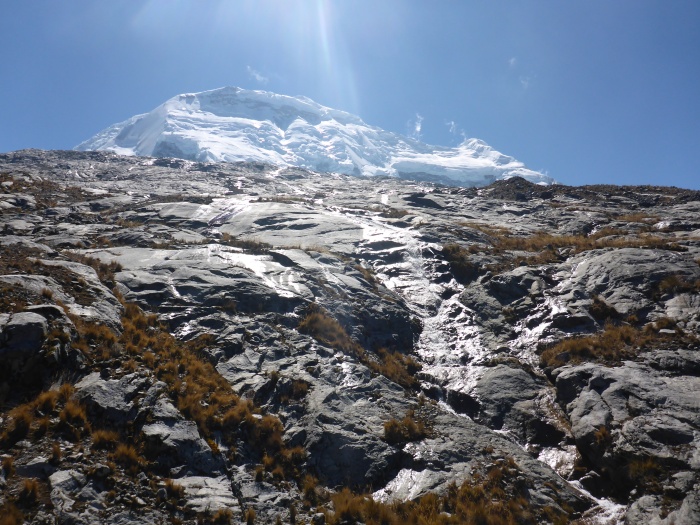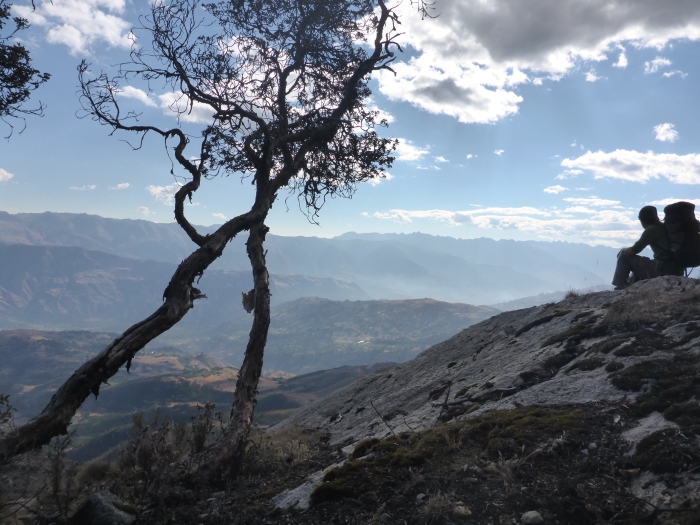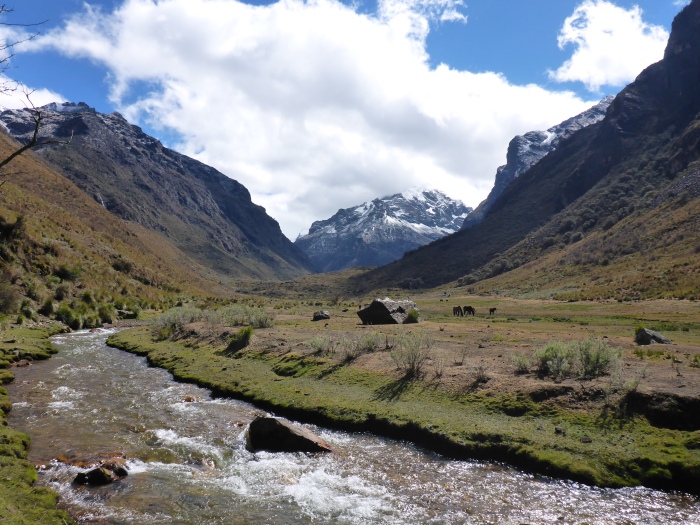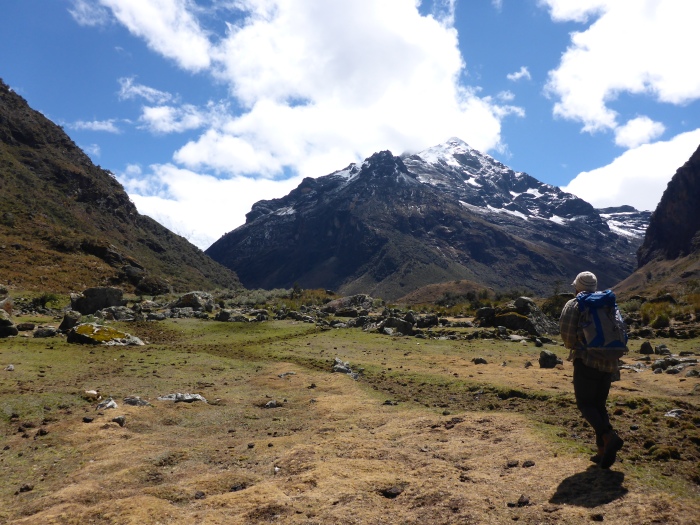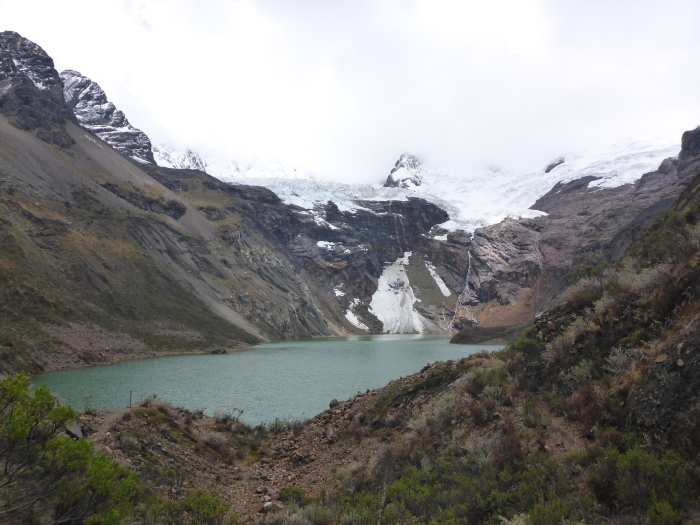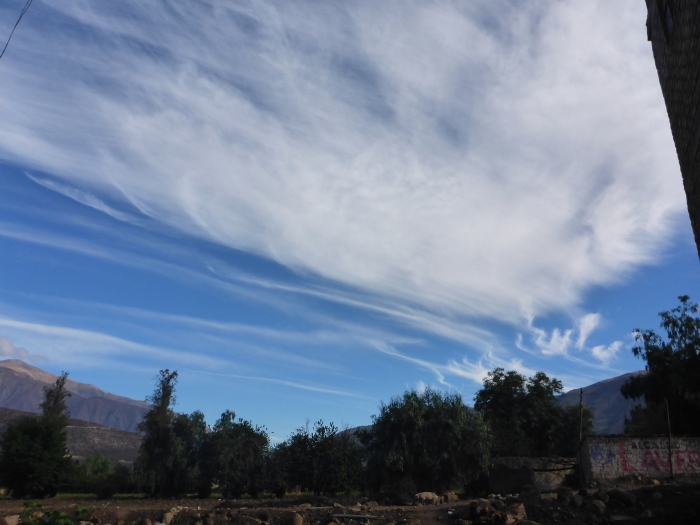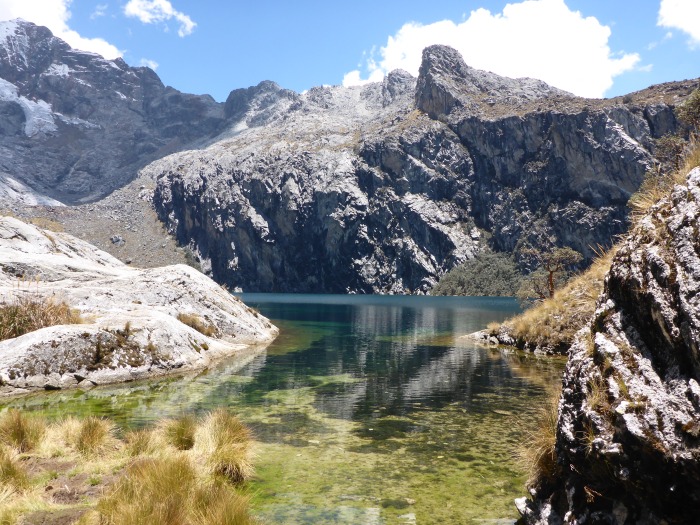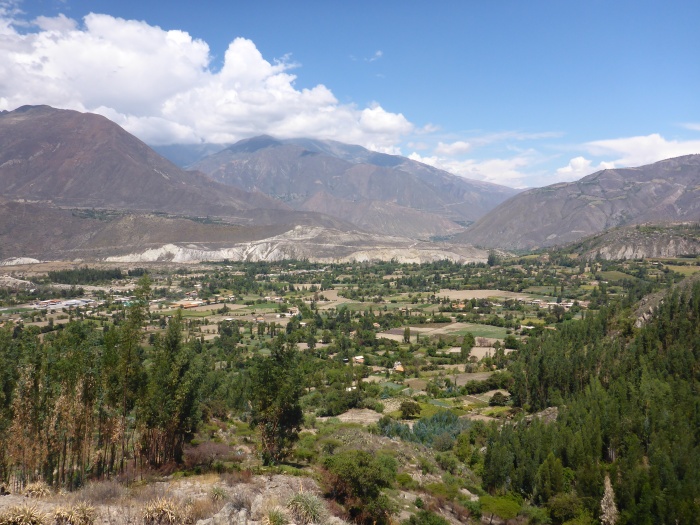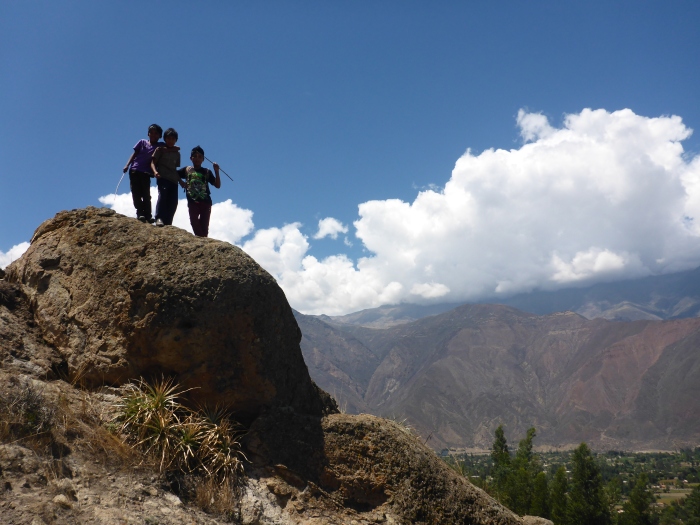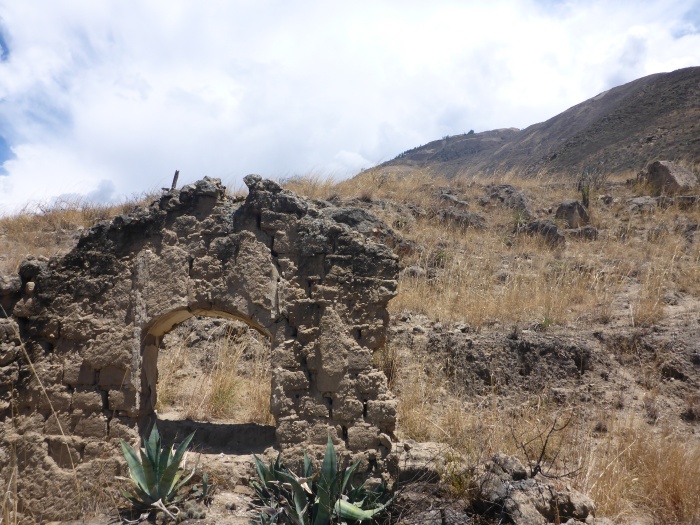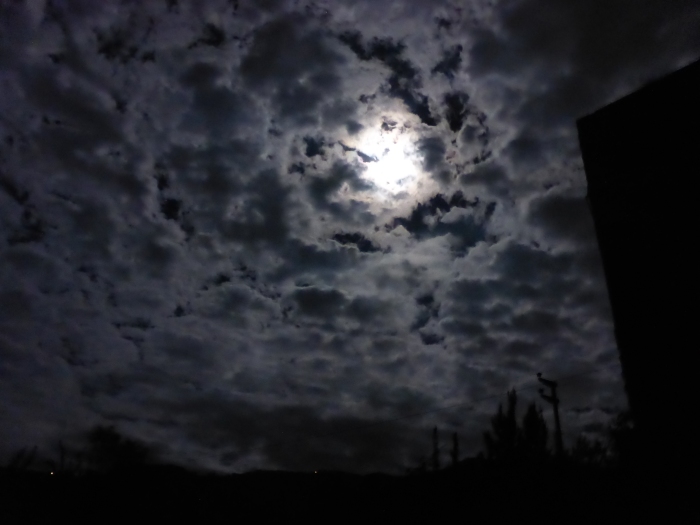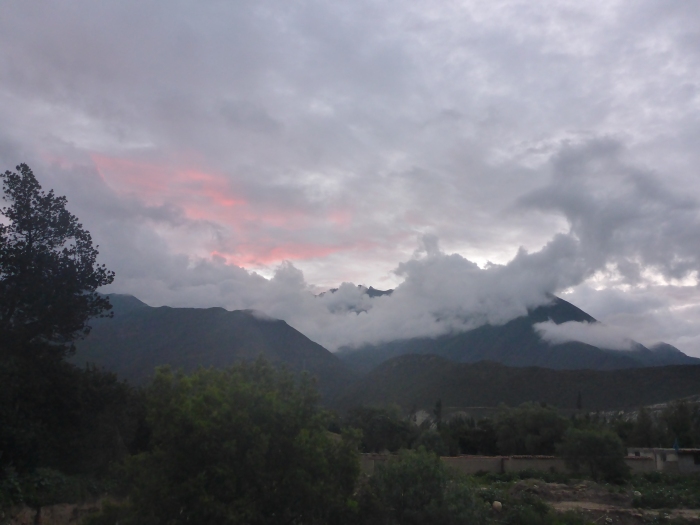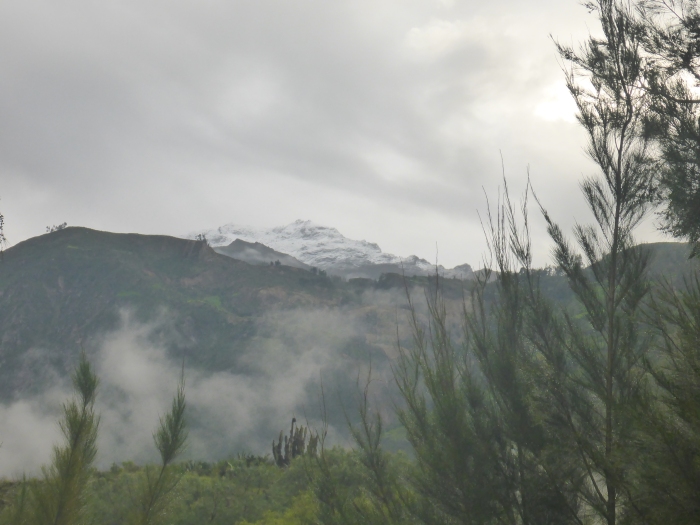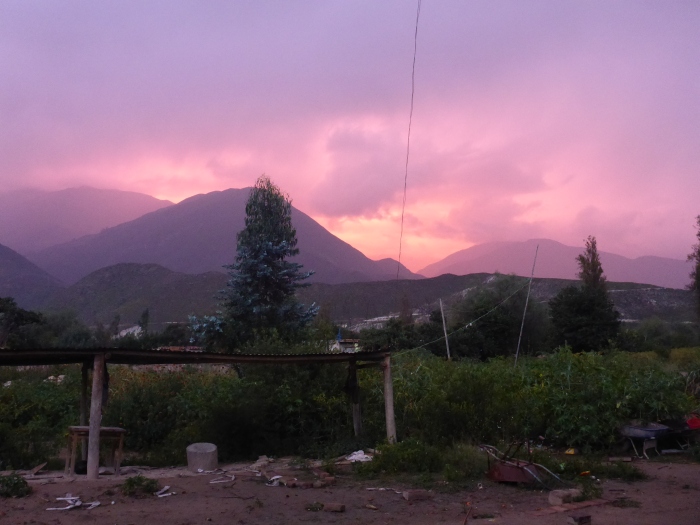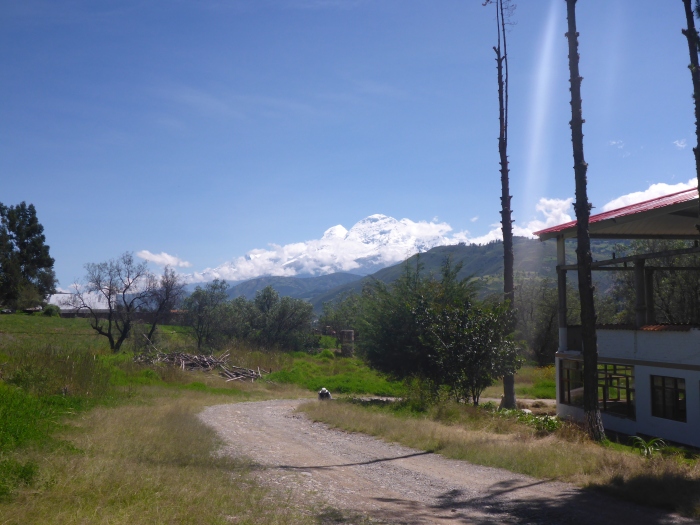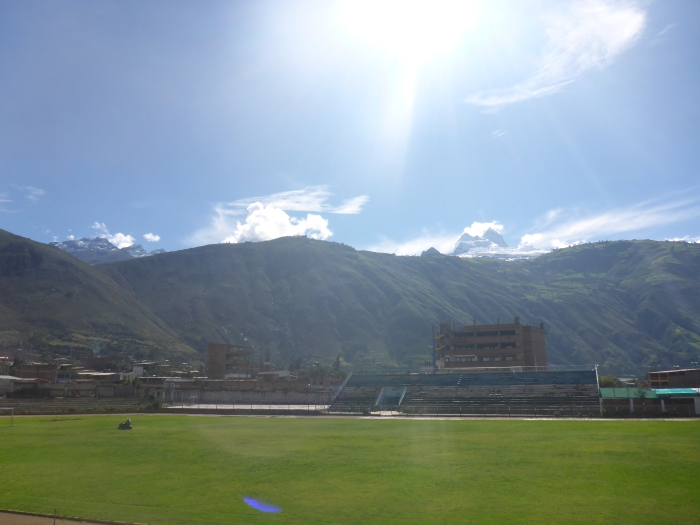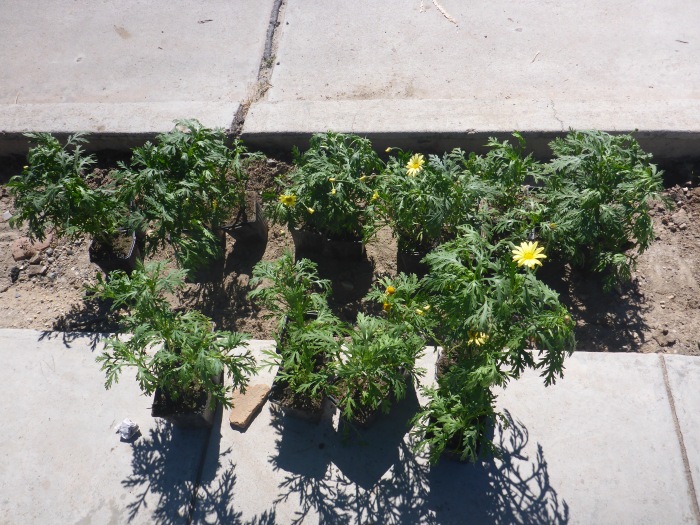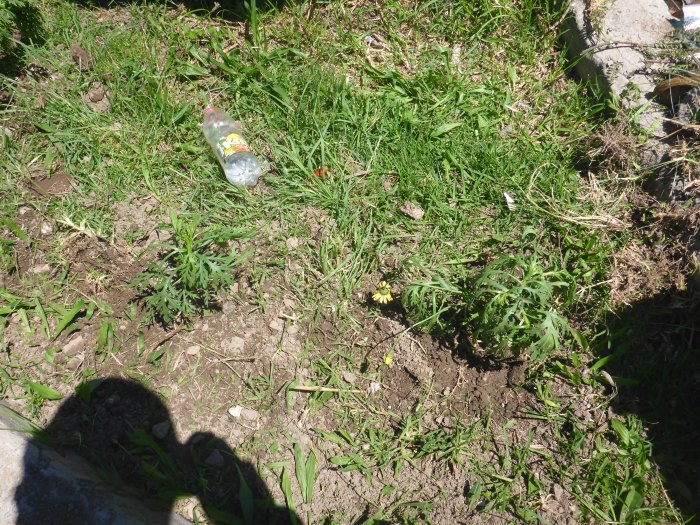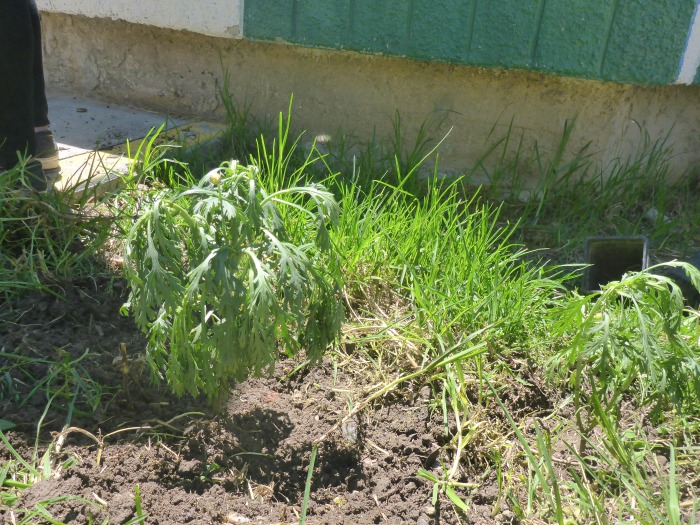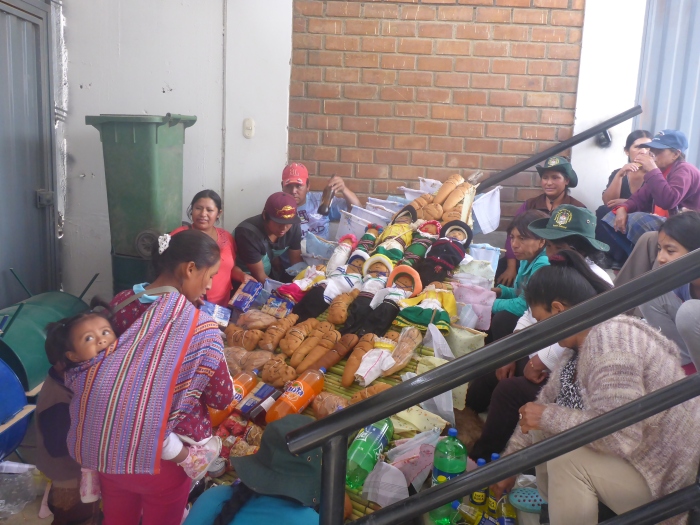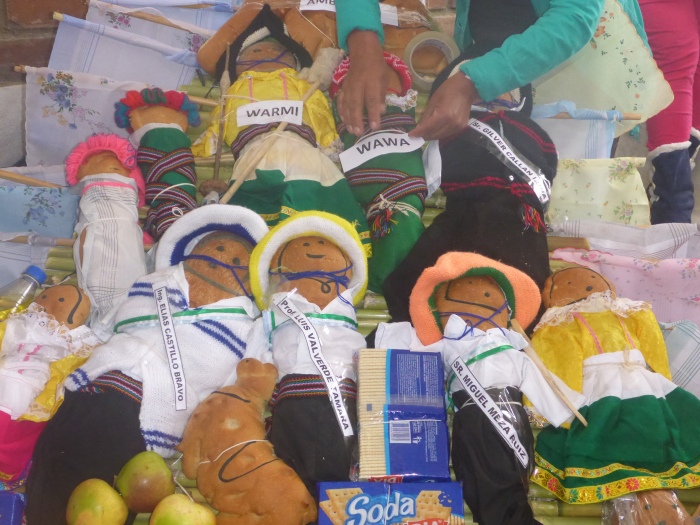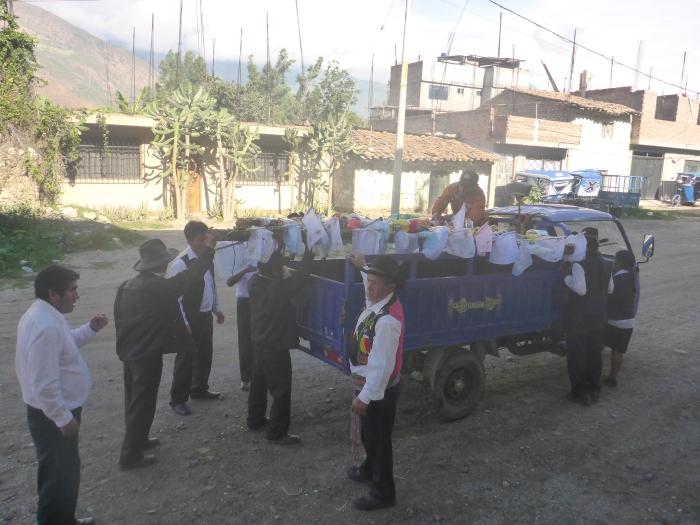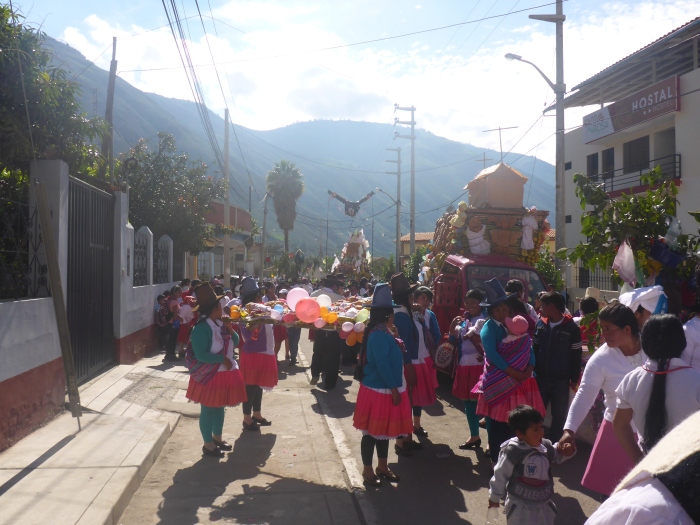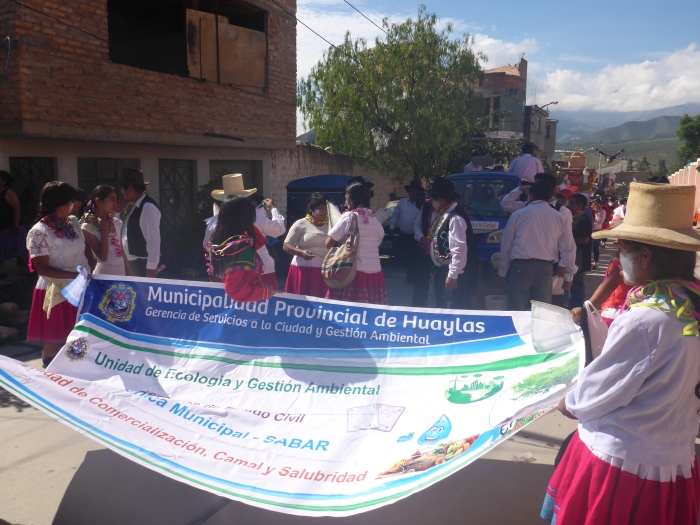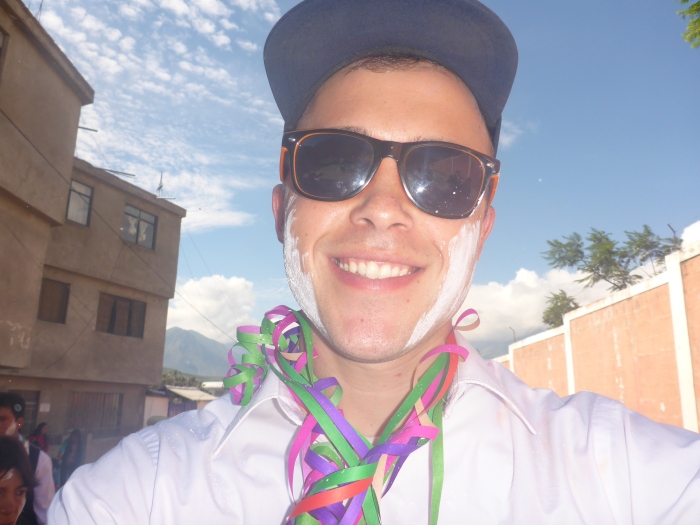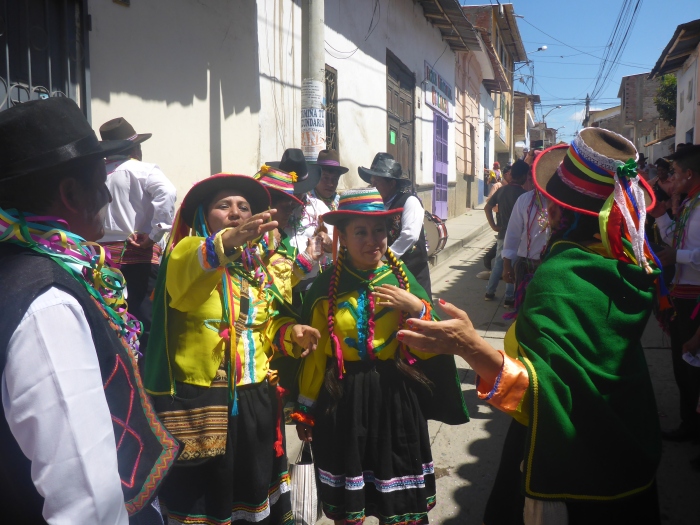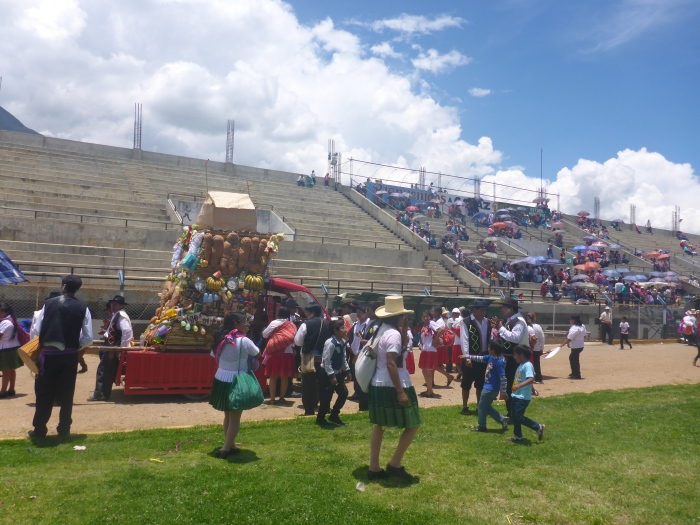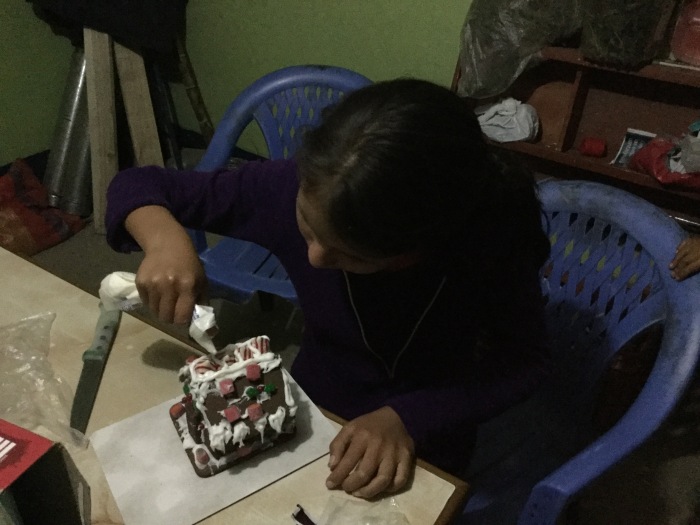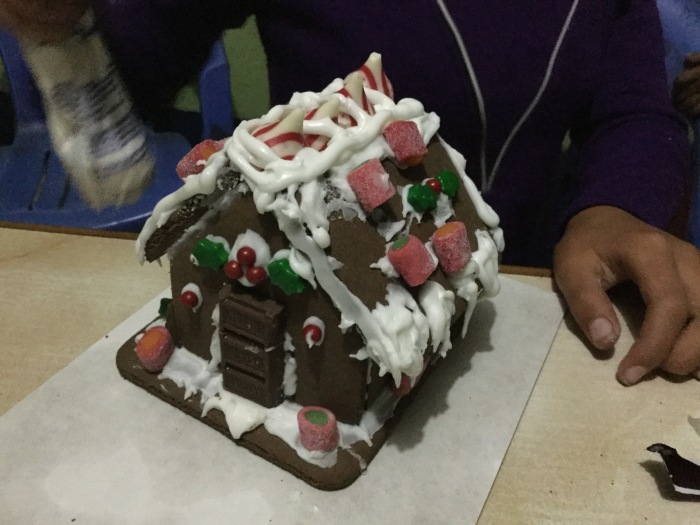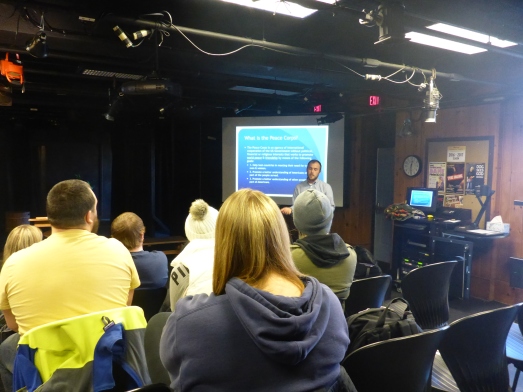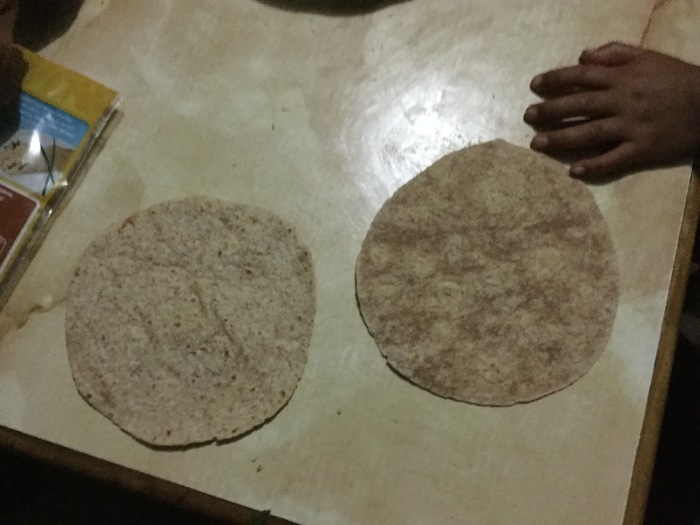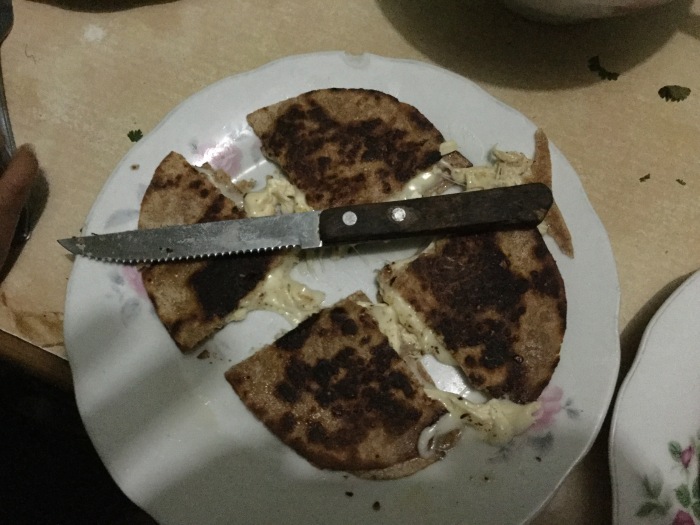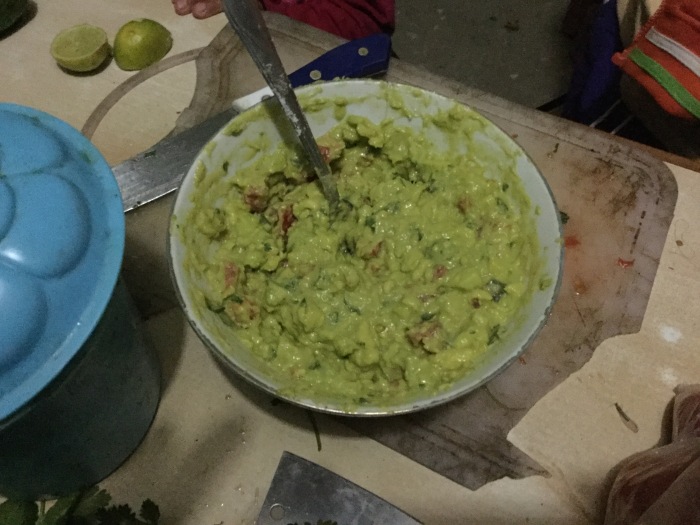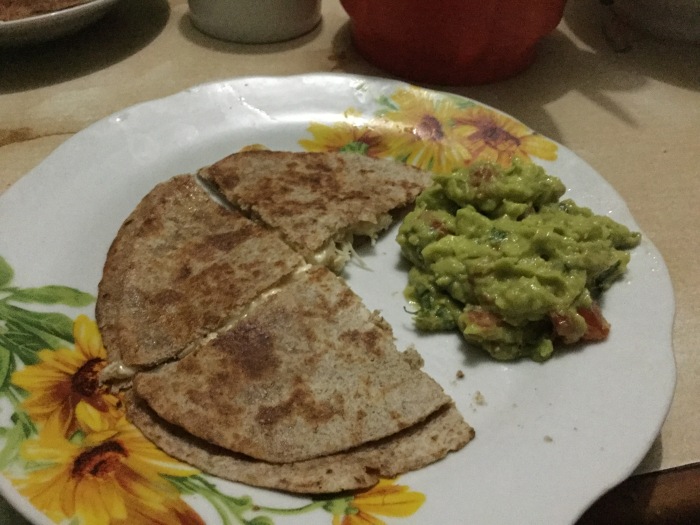It’s still rainy season here in Perú, that wonderful time of year where anytime from Late November to late April some amount of rain falls upon the Sierra. Why is it called rainy season, you may ask? Well, essentially the entire annual allotment of precipitation falls across 5-6 months and at no other point during the year (at least here in Ancash). During a typical rainy season, one can expect rain almost every single day, usually starting in the early-to-late afternoon, and continuing for several hours into the evening. Intensity can vary, but I want to be clear; it is very common for it to rain EVERY SINGLE DAY! For all intents and purposes, this year’s rainy season hasn’t been too bad (it only rained fiercely in March/April), but it has been long (still going strong right now).
However, Perú’s climate has been greatly affected by climate change, and the once consistent rains have now become more scattered; sometimes the rains don’t show up until January, sometimes the rains stay until May (like now), and sometimes the rains don’t come at all. This inconsistency creates many challenges for the local people, especially here in the Sierra, who are dependent on the rains for many aspects of their livelihoods. You see, the start of the rainy season coincides with the end of the school year, meaning that students have several months off in before classes start again in March. In rural areas, this allows for the students to help their families prepare and plant the family plots, taking advantage of the free rainfall. Since many rural families here in Ancash are dependent on agricultural production for food and for income, a consistent rainy season is necessary for the family wellbeing. To illustrate, two years ago many parts of Ancash received little to no rain which resulted in the loss of an entire growing season and consequently many economic and water crises for many rural communities and families. So you see, the cycle of life here in Ancash, revolves around the rains.
The rainy season is vitally important to everyone’s livelihood here in the Sierra, but it can represent a challenging time for our Peace Corps Volunteers. Since classes are out for the summer months and most Volunteers work with schools, we tend to have lots of free time but little other work. And for us Volunteers, our work is essential to our wellbeing. We have a phrase here in Peace Corps Perú, “Un Voluntario felíz es un Voluntario que tiene trabajo” (a happy Volunteer is one with work). Additionally, rainy season can make travel challenging or even dangerous, meaning one may be stuck in their regions for extended periods of time, isolated from other Volunteers, or unable to enjoy a vacation while the workload is low. Landslides (huaycos) aren’t uncommon during the rainy season and in fact, during this past March, we had a large landslide take out part of the highway connecting Huaraz to Lima. And last year, during the El Niño Phenomenon, all coastal PCVs had to be evacuated due to heavy flooding, and those of us in Ancash were “trapped” because the highway to Lima had been washed out.
But, I think the most challenging aspect of the rainy season is just the rains themselves. A consistently rainy atmosphere can just depress the mood, especially since the rains are often non-stop, day after day. For some Volunteers, it can be days or weeks before they see a small glimmer of blue sky amongst the ocean of grey rain clouds. Try to imagine. Now don’t get me wrong, I love the rain, but I prefer my precipitation spread out in doses throughout the year.
Since I know a rainy season in Perú can’t really be understood until it is experienced first hand, I thought I should share two videos I took of the rains here in Huaraz from the last few months. To be clear, both videos were taken as the rains were waning, and not during the height of their intensity. The first is from my apartment, and the second is one I took walking home from work when the streets turned into literal creeks.
The aftermath of walking home in the heavy rain:
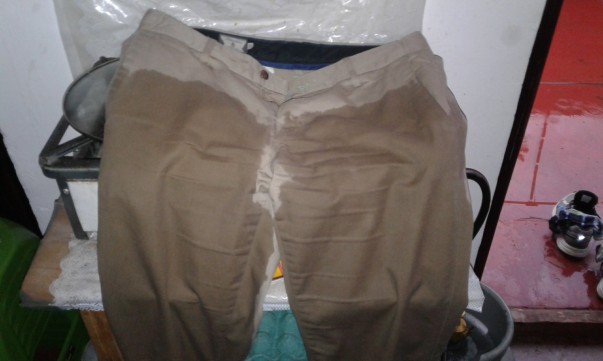
Hope you enjoyed experiencing the rain here in Ancash.
Until next time,
MGB
